Connecting onwards from the fine art side Similarly from the themes of William Ye, I want to focus on the themes of media, and that of chaos. Chaos formed off the premis of fake news, mass inflictions of terror, criticism of others, lack of trust and the lack of equality and accurate representation fo people. This is a large subdivision for a photography perspective, however, in this blog post I purpose to break down how I found these ideas step by step and the way they too successfully link to fine art.
when I was further considering the themes which are very influential within the media, I began to think distancing myself from more of the chaos, and into more of the long danger causes and pains which the media has causes. The mediation of images which only portray the same similar and very limited appearance to look a certain way, and question the extent, should we and are we expected to look and act the same? this leads me onto thinking that mediation and online influence and if it has led us to the destruction of our own minds and capabilities, due to us being stuck thinking and limiting ourselves to certain consciousness. The media subsequently is taking a percentage of our voice, it is regardless to the balance which we need, its such a staged development of the world, this lack of variation has really inflicted peoples opinions, and thirst for success and personal health and mental health issues within themsleves. Media produces a sense of importance around flaws, faults and criticism of ourselves and others. The power overs girls online is something which is unjust, it gives confidence to have less humanity, and allows groups of people to produce their own acts of terror and chaos and target others, without the fear of prosecution. Coincidentally this presentation of power can too be linked tho the effect of DNA on people and what they do when they have power. These acts of people could also be used as an act of experiment to see prejudice, racism and discriminatory behaviour, and the scientific reasoning of why these actions are still occurring in 2019. However ‘new media’ is giving people their own large platform on social media states, such as instagram , these influences have the power to promote whatever product of system they want onto larger demographics. Their influence had the ability to change peoples perception of themselves as they have unconventionally large beauty standards. And make their young influential audience believe They should too aspire to look like them, despite even them not looking, or having a life that they are being convinced to want. However, the main primary purpose of media is to be an informative news source, and in order to educate people on real life events and happenings across the globe. These current events are divided into political, social and cultural issues. Huge monumental political movements at the moment can be found within the discussion of fake news, me too, black lives matter, and general movements of feminism and the stretch for equality. However it is interesting the way the media presents each and every one of these subject matters, and which they deem to be more important than others. The media is a huge part of almost everyones everyday lives, because of tis it also successfully links into the study of each individuals everyday and what their actions do and what their consequences are like.
This then links to my next idea of expression of body and face and the relation and similarity seen between the stories and growth of a family. My final and third idea, links well again with the consideration of fine art, and political chaos, and it is the expression of body and face, and how we act towards and with our family, in groups of people. family is the first identity we are given, it is an almost extension of ourselves and who we are associated with for the first many years of our lives. Family is a primary example once agin our our DNA, and also a similarity we are also associated with having to others. Family should be a shared love of multiple support, however, I believe it is also a struggle of lifting and being there for each other. Family could be an investigation as to why and how forms and bonds are created, and more than just a genetic basis of variation .Artistic inspiration that I have found are the two following pieces, both link to the conceptions of media affecting out behaviour, genetics and have a fine art sentiment to them:
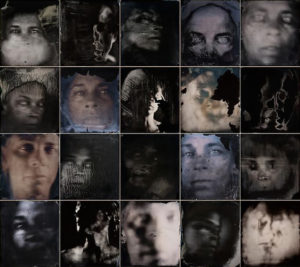
I chose this first piece as I belive it once again shows connotations to both a fine art element of abstraction and a clear artistic influence and quality to the photos. Secondly The element of community being all confined to one bonding image, and also how it forms a cohesion of family elements, and or a joined aspect of suffering in this case. It is a variation of a group of people experiencing the same effects of trauma. Additionally this trauma could have been caused by chaos within media. The effect of media fake news, and the reinforcing and constantly addressing of terrorism acts and focusing on the cruelties of the world, is what is seen within these images. A combination of individual views and variations on what they are seeing from the world. I love the effect that was used in these is, I believe it was over exposure, but covered In different fabrics and effects and then the image were near liquified, and formed into a more soft format of photos. 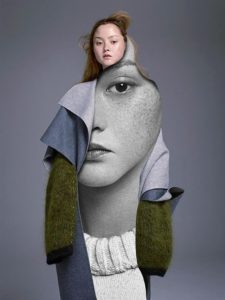
I chose this image as inspiration, due to many media related images or influencer images being concentrated on photoshoots with females looking to be the main idea of beauty. However I thought this piece was interesting as the high fashion and fine art feel comes through the interesting composition of clothes, the circular shape shows a fluidity to the images, much like many of the artists I have previously spoken about studying, additionally. The face using the eye for direct contact shows a true reflection of herself. Overall I will use these two development ideas for the effect of: combining all fo my three main perspectives, and use this to combine into five staged shoots. to begin my project.



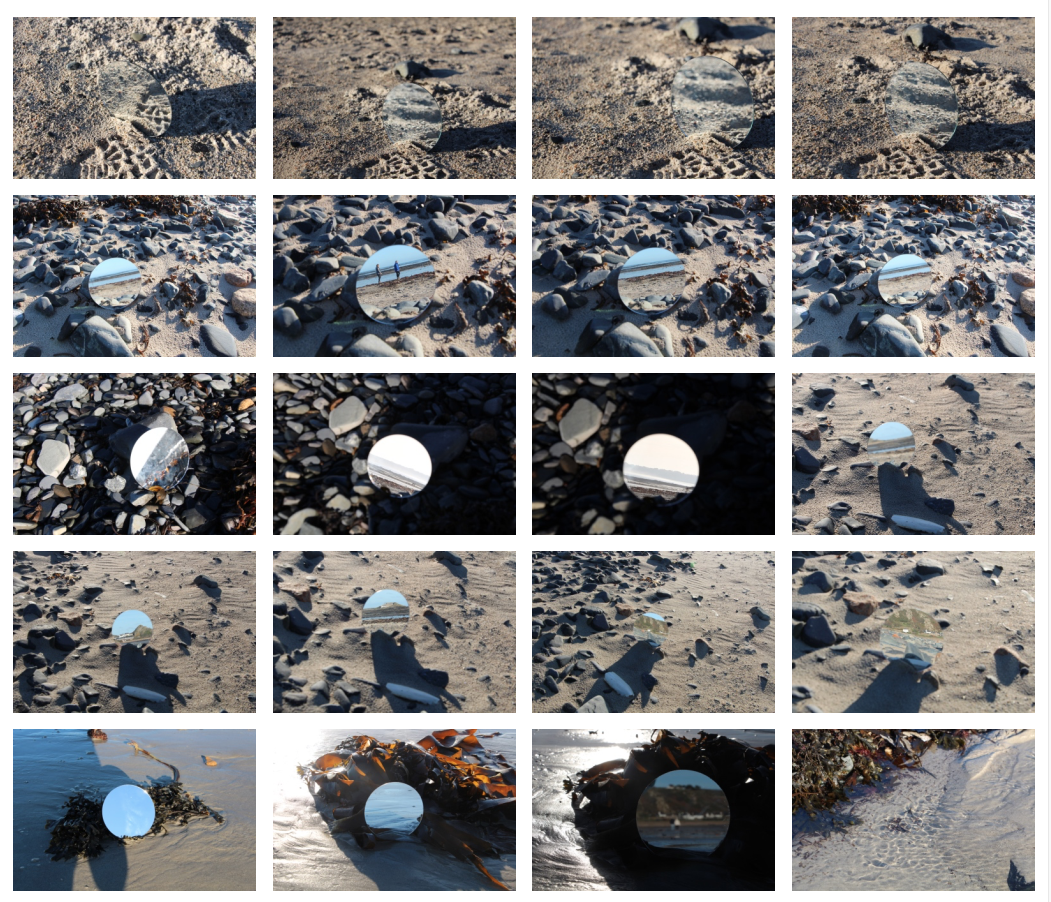

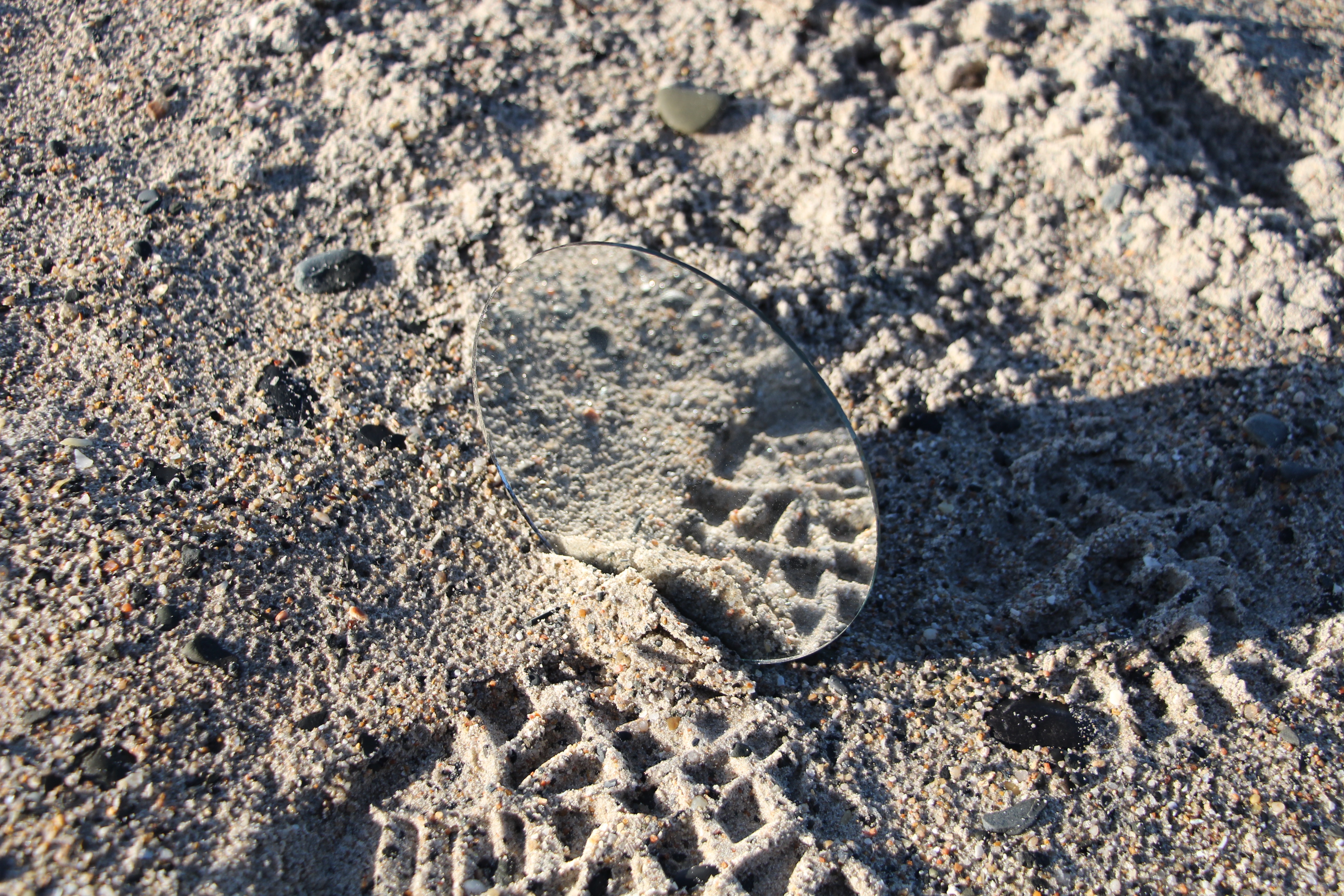

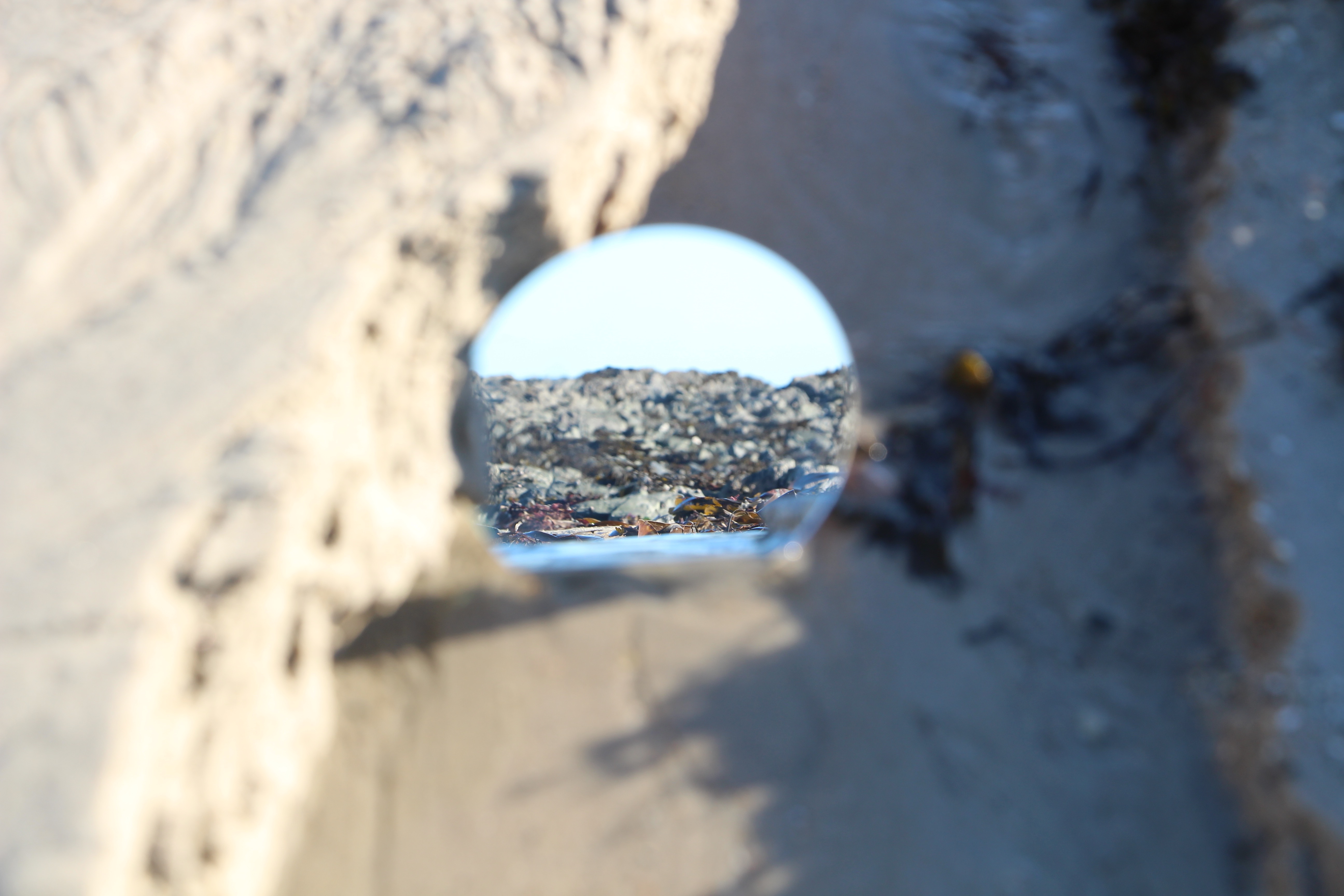
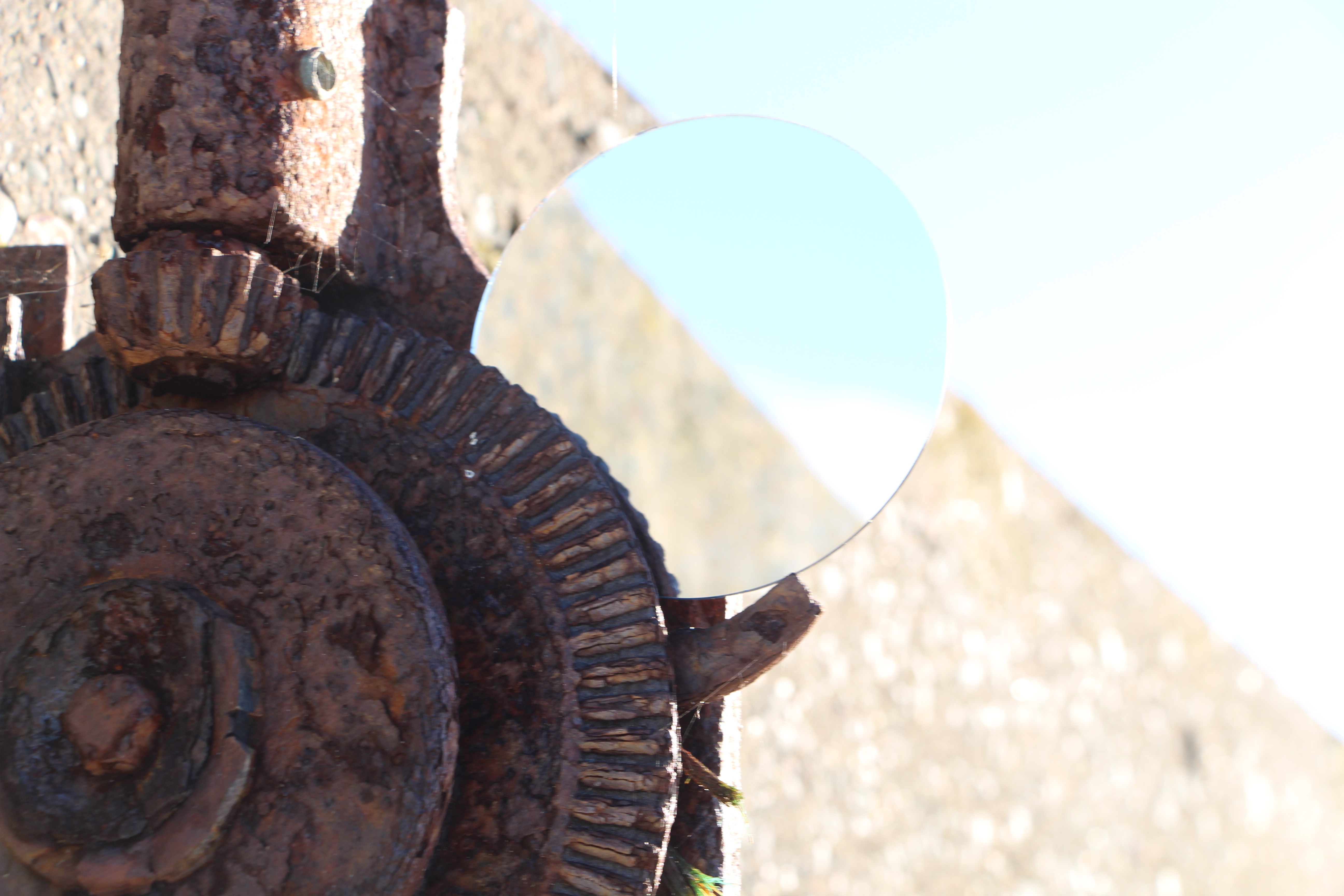






























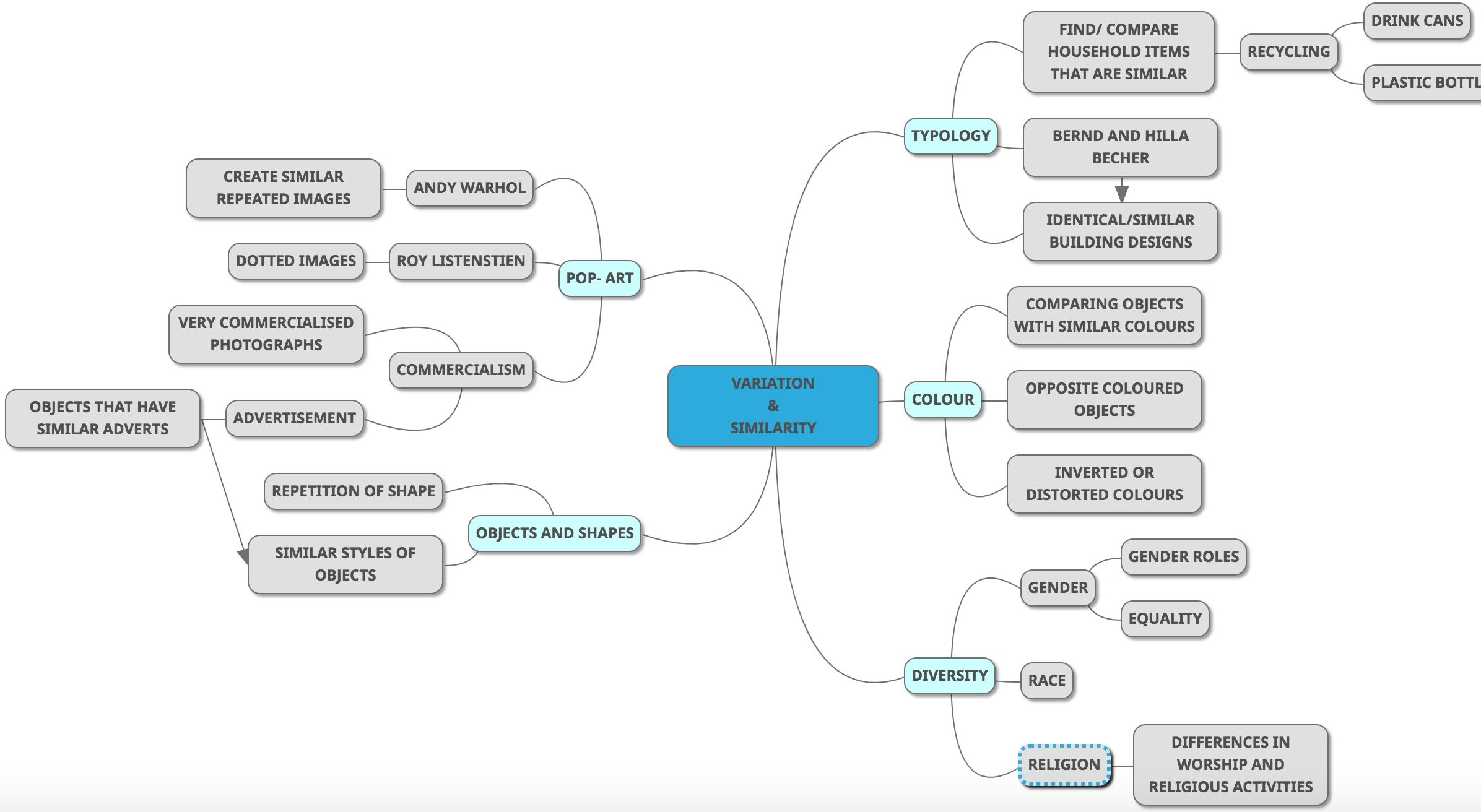

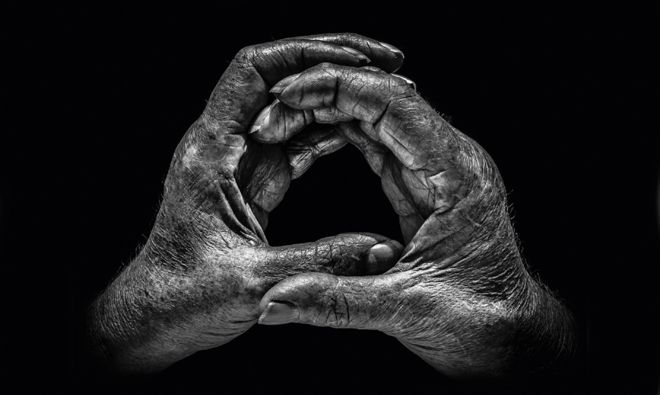
 The way they rested on her walking stick showing her wedding ring, so smooth against the rough skin, told a large part of her story”. Booth says that it was his first ‘hands as a portrait’ and inspired him to carry out more hand portraits. Booth decided that throughout the project he would shoot in black and white, in natural light and in half an hour wherever his subject found most convenient – I will also try to go by these standards as I seek to draw inspirations from this project. Booth also says he has “always preferred black and white as a portrait medium. It enables you to focus on all the detail and form, and not be distracted by skin colour, markers, blemishes and veins” which I completely agree with and believe that it will be vital in my response to this. When picking his subjects booth would first think of a profession he wanted to feature and then who would best represent it. In total there are about 115 pairs of hands in the exhibition telling hundreds of stories of people.
The way they rested on her walking stick showing her wedding ring, so smooth against the rough skin, told a large part of her story”. Booth says that it was his first ‘hands as a portrait’ and inspired him to carry out more hand portraits. Booth decided that throughout the project he would shoot in black and white, in natural light and in half an hour wherever his subject found most convenient – I will also try to go by these standards as I seek to draw inspirations from this project. Booth also says he has “always preferred black and white as a portrait medium. It enables you to focus on all the detail and form, and not be distracted by skin colour, markers, blemishes and veins” which I completely agree with and believe that it will be vital in my response to this. When picking his subjects booth would first think of a profession he wanted to feature and then who would best represent it. In total there are about 115 pairs of hands in the exhibition telling hundreds of stories of people.

